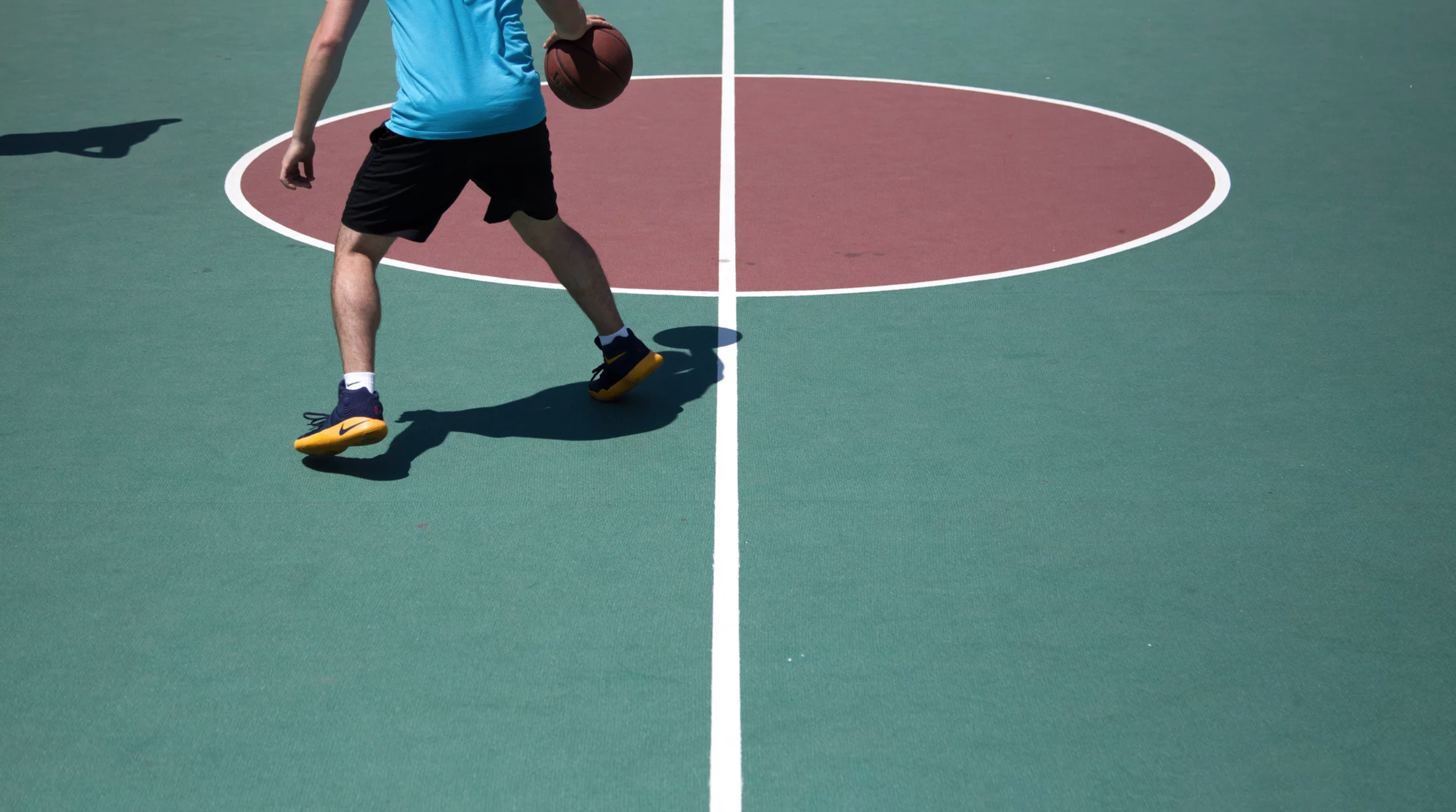Kinaesthetic Learning Style: Meaning & Learning Strategies
Note: If you’re unsure as to what a learning language is, make sure to read our introductory blog all about the various learning styles, and why they’re important!
KINAESTHETIC LEARNING STYLE
- Are you always fidgeting with pens or pencils in class?
- Are you unable to sit still, and find your legs bopping up and down constantly?
- Would you much prefer to be outside, playing a sport or moving around?
These are all examples of Kinaesthetic Learning – If these sound like you congratulations – You are probably a kinaesthetic learner.
Kinaesthetic Learning Style Definition
Kinaesthetic learners are individuals who are “environmentally aware” – they typically take in information through touch and movement, storing away thoughts based on what actions they took.
They tend to learn through experiencing a situation. Their understanding and reasoning is found in their actions, and the consequences of these actions.
Unfortunately, due to the nature of the education system, kinaesthetic learners suffer in the classroom. Typically, activities that allow students to ‘get up and do’ are typically only found in subjects such as P.E. or drama. These specialist subjects may be where a kinaesthetic learner flourishes – yet, in English or Mathematics, they will find themselves unfocused and uninterested.
You can typically spot a kinaesthetic learner by their physical behavior. They often show fidgeting behaviours, such as tapping their feet or fingers, or chewing and playing with pens and pencils. They find it very difficult to sit still, and so will stretch often in class.
Because of this, kinaesthetic learners are all too often branded as the “trouble student”. The teacher doesn’t see the student’s learning language being acted out – they simply see a student who is refusing to pay attention to the content.
This puts a kinaesthetic learner in a vicious loop: they fail to fully take in the content due to their distraction, but their distraction causes their teacher to feel negatively about them, which makes the student feel ostracised in class, which discourages them from learning and moves them to continue to be distracted.
Over the years, A Team Tuition has seen thousands of students facing this very problem. They are frustrated, yet shrug it off, pretending as if they don’t care about school. They simply believe that they are dumb, and will never achieve anything academically.
This is a complete and utter lie.
Kinaesthetic Learning Methods
Kinaesthetic students, when guided correctly, are incredible learners. Because they constantly assess and react to their environment, they naturally develop excellent analytical skills. They are incredible at problem solving, because they are able to see the actions that led to the problem, and find the solution through that.
A stereotypical example would be that of an athlete. Athletic individuals are, more often than not, kinaesthetic learners. This is because their brain has been trained to view the outcome of their actions, and base their understanding off of that.
Kinaesthetic Learning in Sport
A soccer player would consistently practice kicking a soccer ball into the goals. Through this practice, and kicking the ball in a certain way 300 times, they understand that that kick will result in the ball being launched on that angle, for that far.
They understand the physics behind the motion without even realising it. If a kinaesthetic learner is asked to draw up a similar angle, they understand the reality of how it works.
However, not all assessment or content can be linked to kinaesthetic activity that the student has undertaken.
So what do you do then, as a kinaesthetic learner, when such a situation occurs?
In such a situation, out of the box thinking is required. The trick is not to take the assignment and run around while writing it (although movement exercises and learning combined do make for some fun times!).
Rather, focus should be on taking the assessment and making it real.
Kinaesthetic learners, as I mentioned before, are focused on the actions that they took to get to a certain point or understanding. The key is the reality of the situation; the fact that they can remember the touch, hold, or movement of a situation is paramount.
That memory, however, can be replicated, within a different circumstance. If the assessment task draws from reality – for example, a Mathematics assignment all about measuring one’s ability to run distances, or an English speech that is discussing a certain event students took part in – then it is more tangible to the student, and therefore sends their mind on the right track.
Now, often assignments are not structured in this way. When this happens, it’s important to connect it purposefully, through either an imaginative exercise, or finding a link between the content and a student’s preferences.
This is a solution I’ve heard many A Team Academic Personal Trainers undertake, and I’ve yet to hear of a situation where it has not helped improve or clarify a student’s understanding.
Kinaesthetic Learning Techniques & Strategies
One of the best examples I heard was of a tutor whose student was struggling to remember the definitions of various shapes.
This student was an avid bike rider, and happened to constantly talk about bikes to his tutor. So, the tutor associated the act of riding a bike to the student’s work.
The tutor took the student outside and created a track out of cones, in the shape of a quadrilateral, a triangle, a square, and various other shapes. The student would ride around the track, and had to name the shape, and define it according to the number of sides it had.
When the student went back into typical revision work, they were able to connect the physical activity they did with their tutor to the work in front of them. The memory would stick in their brain like glue, and they’d feel more confident in their work than they ever had before.
There are so many activities that a kinaesthetic learner can use to connect better with their school work. Anything that involves intense problem solving will help jolt a kinaesthetic student’s brain – particularly if there is a physical activity involved.
The best learning strategies for kinaesthetic learning style are those that engage them physically in some way, including:
- Using a stress toy or a fidget spinner. These kinds of toys may be seen by some as nothing but a distraction, but for a kinaesthetic learner they are a fantastic way to bring the hands into play while engaging in other tasks like making or reading notes.
- Create physical, hands-on activities and games. Get creative! Grab the costume box and do a Shakespearean role play, or set up an at-home supermarket to practice budgets and working out change. Anything hands-on will have a lasting impact on these learners.
- Try note taking on different platforms or devices. Recent technological innovations like the iPad are perfect for the tactile learner. Even the subtle difference between typing on a laptop and drawing using a touch pen can make a world of difference.
- Carefully curate a suitable study environment. As discussed, kinaesthetic learners are intimately aware of their surroundings. Too hot, too cold, too bright, too dark – if their study space is even slightly out of balance it can be hugely distracting. Creating a comfortable environment is critical.
I once tutored an early Primary school student who was a kinaesthetic learner. She was struggling to understand multiplication, especially when sitting down and looking at the problems on the page.
Instead of forcing her to mentally work through the problems, I started to make a physical game out of her homework. Using little square pieces of paper, I started placing groups of paper around the room, and asked her to find them and add them up.
For example, if her equation was 3 x 2, I would place three groups of two pieces of paper around the room. If it was 3 x 3, I would place three groups of three around the room. No matter what, my student would excitedly hurry about, find the groups, and add them up.
This ended up solidifying her mind that some numbers stood for a group, and that each group, when multiplied by a number, would result in the answer.
Her teacher was astonished at the progress this little girl had made in one transformative tutoring session.
You, too, might be astonished that such a simple (yet slightly strange) exercise would affect a student’s understanding so deeply. Yet, this is something that we have come to understand quite well, and that we are very passionate about: kinaesthetic learners are not dumb, or misfits, or the “trouble child”. They are intelligent, observant, and analytical.
They simply need someone who believes in them, and understands the way that their mind works. Once they have this person, and they work towards understanding their mind themselves, kinaesthetic learners have the ability to flourish beyond anyone’s belief – including their own.
Our Academic Personal Trainers specialise in adapting to your child’s learning style – contact A Team Tuition today!



